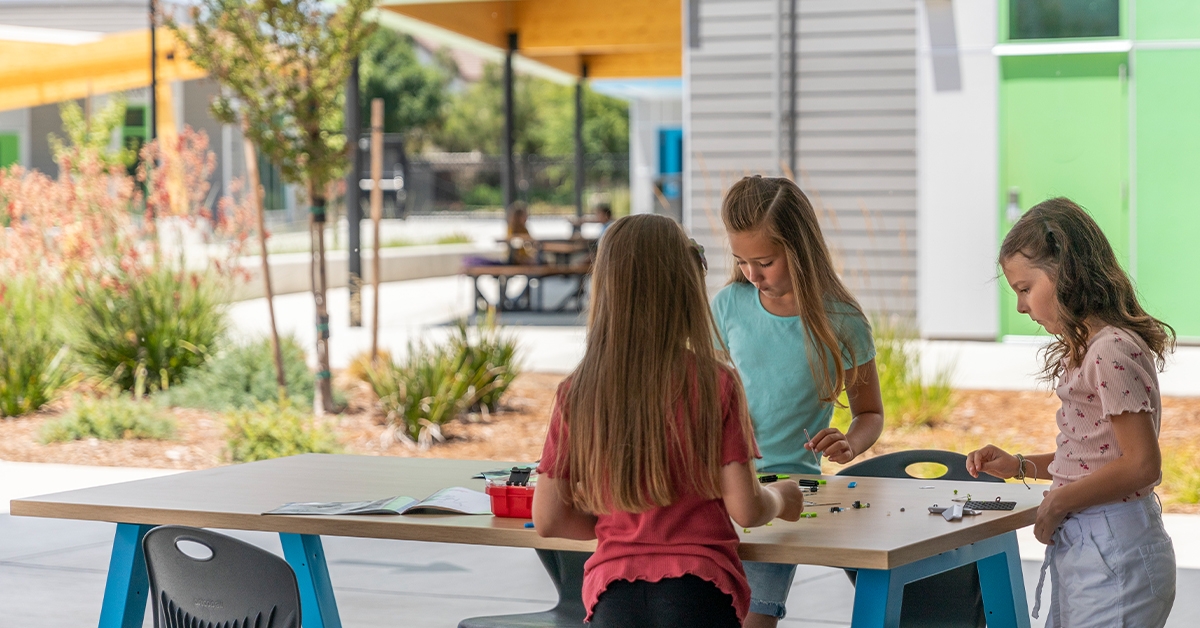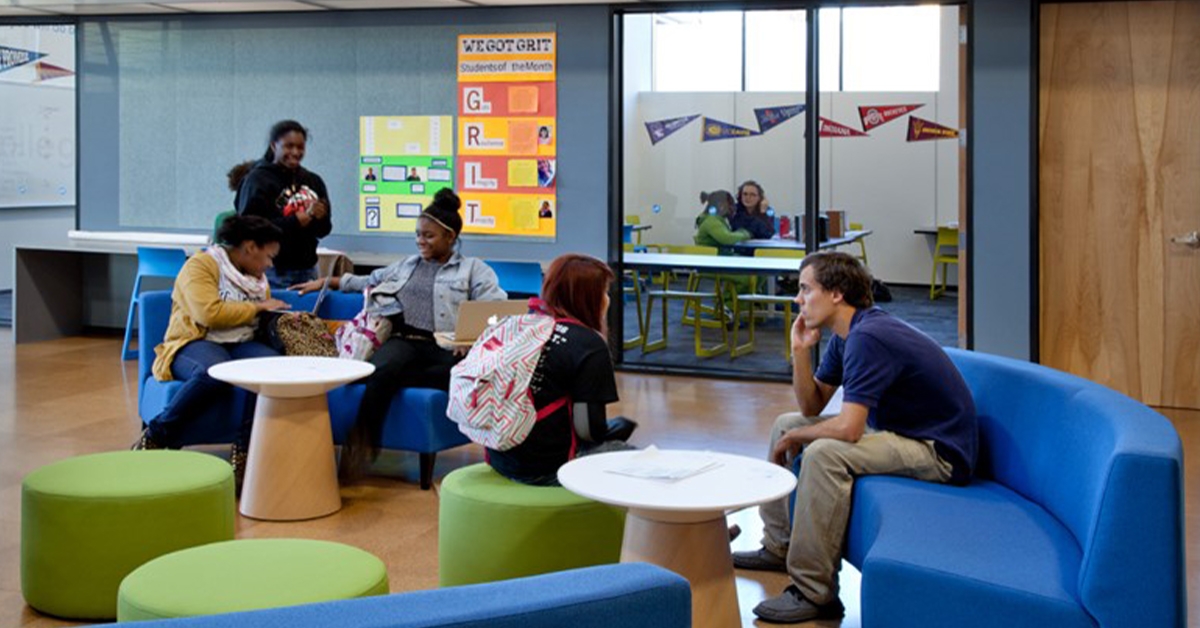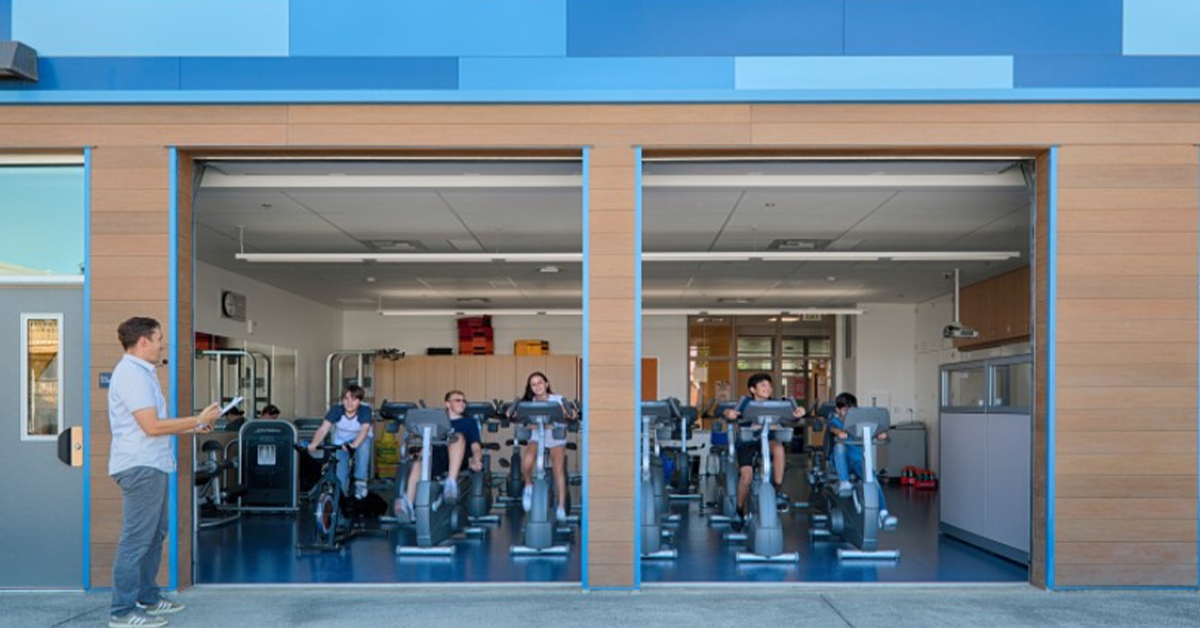
Wellness Connections
Links between wellbeing and academic achievement are well documented. Wellbeing is a prerequisite for achievement and achievement impacts our well-being. Physical activity is associated with improved learning and the ability to concentrate. Strong, supportive relationships provide student learners with the needed emotional resources to step out of intellectual ‘comfort zones’ and explore new ideas and ways of thinking, which is fundamental to educational achievement.
Access to information and developing a deeper understanding of self, provides students with the intellectual skills needed to reflect critically on the influences that society brings through peer pressure, advertising, social media, family and cultural values and on the choices they make. And after 12-18 months physically away from classrooms and classmates, students need to catch up on learning and social development.

Six Pillars of Wellbeing
Explore the Six Pillars of Wellbeing: Meaning, Belonging, Authenticity, Mindfulness, Optimism and Vitality and their connection to the learning environment in our Well into the Future post. “Wellness is a tricky word. And due to its all-encompassing nature, wellness can be hard to design for. Taking a learning environment and designing it to become physically healthier during a pandemic is one thing. Designing that same space so it also becomes healthier to think more clearly, feel better and be more physically active … that’s the key.”
Learn Better Outdoors
Review the many educational and wellness benefits from connection to the outdoors in the Learn Better Outdoors post. “The outdoor learning environment solves for many challenges, from lowering the possibility of infection to clearing some obvious obstacles that distance learning presents, including inequities in our education system. And then there are the benefits; when we bring students into nature it reduces stress, improves moods, boosts concentration, and increases engagement.”

Creating learning environments with intention, focusing on the overall wellbeing of teachers and students is critical for the future. New information about the components of holistic wellbeing empower educators and learning environments designers to build better spaces for learning.
Use ESSER Funds
Esser Funds can be used on *school facility repairs and improvements to reduce risk of virus transmission and to support student health needs. As well as for *providing mental health services and supports.
Imagine new agile learner-centered environments for your school which can:
Holistic Wellness Solutions
We offer many solutions in support of holistic wellbeing.
Adequate Fresh Air and Outdoor Access: Commercial grade Air Purifiers and active Garage Doors
Healthy Postures: Ergonomic furniture designed specifically for students in K-12 learning spaces built to to support activity and flexibility..
Outside Learning Spaces: School Garden design concepts and and outside learning space designs.
Engagement and Movement: Physical Education and Performing Arts areas design with gym, choral, band and dance equipment.
Physical and Emotional Health Support: Healthy Dining Experiences to promote good nutrition and belonging through well planned dining spaces which support a variety postures and group sizes.
Teacher and Student Wellness: School or Campus Wellness Center designs, materials, and furniture.
We’d love to share more of our expertise and offer a free consultation..
We can answer your questions and help co-create Holistic Wellbeing support for your Learning Environment.
Talk to a Learning Environments specialist to see how you can use your ESSER Funds